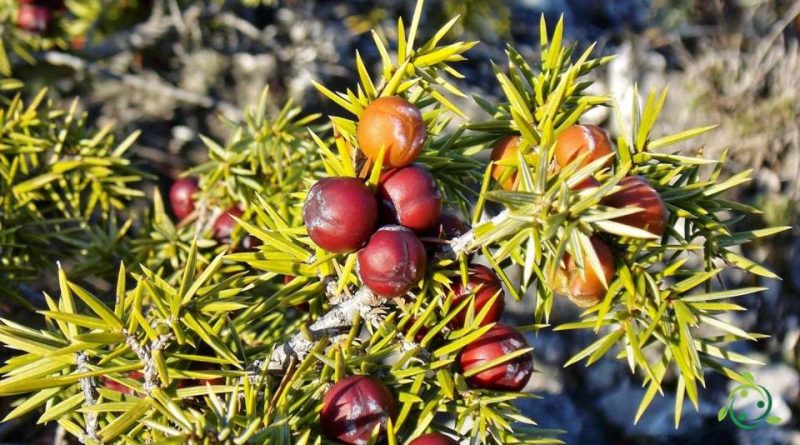Reproduction of the Prickly Juniper
Reproduction of the Prickly Juniper
The Prickly Juniper (Juniperus oxycedrus L.) is a shrubby plant of the Cupressaceae family.
Suitable breeding habitat –
Juniperus oxycedrus is a plant native to the Mediterranean and is present in Morocco and Portugal, France, Italy and Asia, Iran and southern Lebanon and Israel.
Its habitat is that of rocky soils, from sea level to about 1600 m above sea level and even beyond.
Propagation –
Prickly Juniper is a plant that prefers dry, stony soils in thin soils on all rock types from limestone to siliceous and serpentine, occasionally on sand dunes. In nature it grows in Mediterranean scrub, garrigue and dry mixed wood formations.
Juniperus oxycedrus is largely limited to Mediterranean climate regions, but in the Balkans and the Iberian Peninsula it can vegetate in more continental conditions.
It is a plant that requires temperate to hot summers to vegetate well and does not like humid or humid climates.
It requires an open, sunny location and grows in most soils if they are well drained, preferring a neutral or slightly alkaline soil.
It is a drought tolerant plant once it takes root.
Propagation occurs by seed which requires, however, a period of cold stratification.
The seed has a hard integument and can be very slow to germinate, requiring a cold period followed by a warm period and then another cold period, each lasting 2-3 months.
It is recommended to soak the seed for 3 – 6 seconds in boiling water, which can speed up the germination process. It is also good to sow when the seed has just matured in a cold seedbed.
Some seeds may sprout the following spring, although most will take another year. Another possibility is to collect the “green” seed (when the embryo is fully formed but before the integument has hardened).
Seedlings can be potted into individual pots when they are large enough to handle. It is recommended to grow them in pots until they are large enough and then transplant in early summer.
If stored dry, the seed can remain viable for several years.
A multiplication can also be carried out using mature wood cuttings, 5 – 10 cm with heel, to be prepared in the period of September – early autumn in a cold greenhouse. The transplant must then be carried out in the following autumn.
Ecology –
Juniperus oxycedrus has a distribution in the Mediterranean region, from eastern Portugal, Morocco and even extends as far as northern Iran. It is a three clearly differentiated subspecies plant occupying slightly differentiated ranges.
The macrocarpa subspecies (Sm.) Ball. it is typical of dunes and coastal plains and can occasionally occupy rocky areas. The formations of this taxon in the Iberian Peninsula are described and included in the Juniperion turbinatae Rivas-Martinez 1975 corr. 1987, together with other formations chaired by Juniperus navicularis Ghent. And Juniperus phoenicea L. subsp. turbinata (Guss.) Nyman, also typical of pamophilous environments and dunes of coastal areas. The macrocarpa subspecies is distributed in the Iberian and Italian territories and in the Balearic Islands, Corsica, Sardinia, Sicily (western Mediterranean); this taxon does not reach the eastern Mediterranean and is replaced in Greece by Juniperus drupacea Labill.
J. oxycedrus L. subsp. oxycedrus and J. oxycedrus L. subsp. badia (H. Gay) Debeaux are found in the Iberian Peninsula on acidic and hard basic substrates. The distribution area of J. oxycedrus extends as far as Italy, Croatia and Slovenia. It is generally found within Quercus rotundifolia Lam. and Quercus ilex L. woods, and often also forms plant communities on scree; both as subsp. oxycedrus and subsp. badia find their optimal development on skeletal-rocky substrates and in semi-arid-dry bioclimatic environments.

